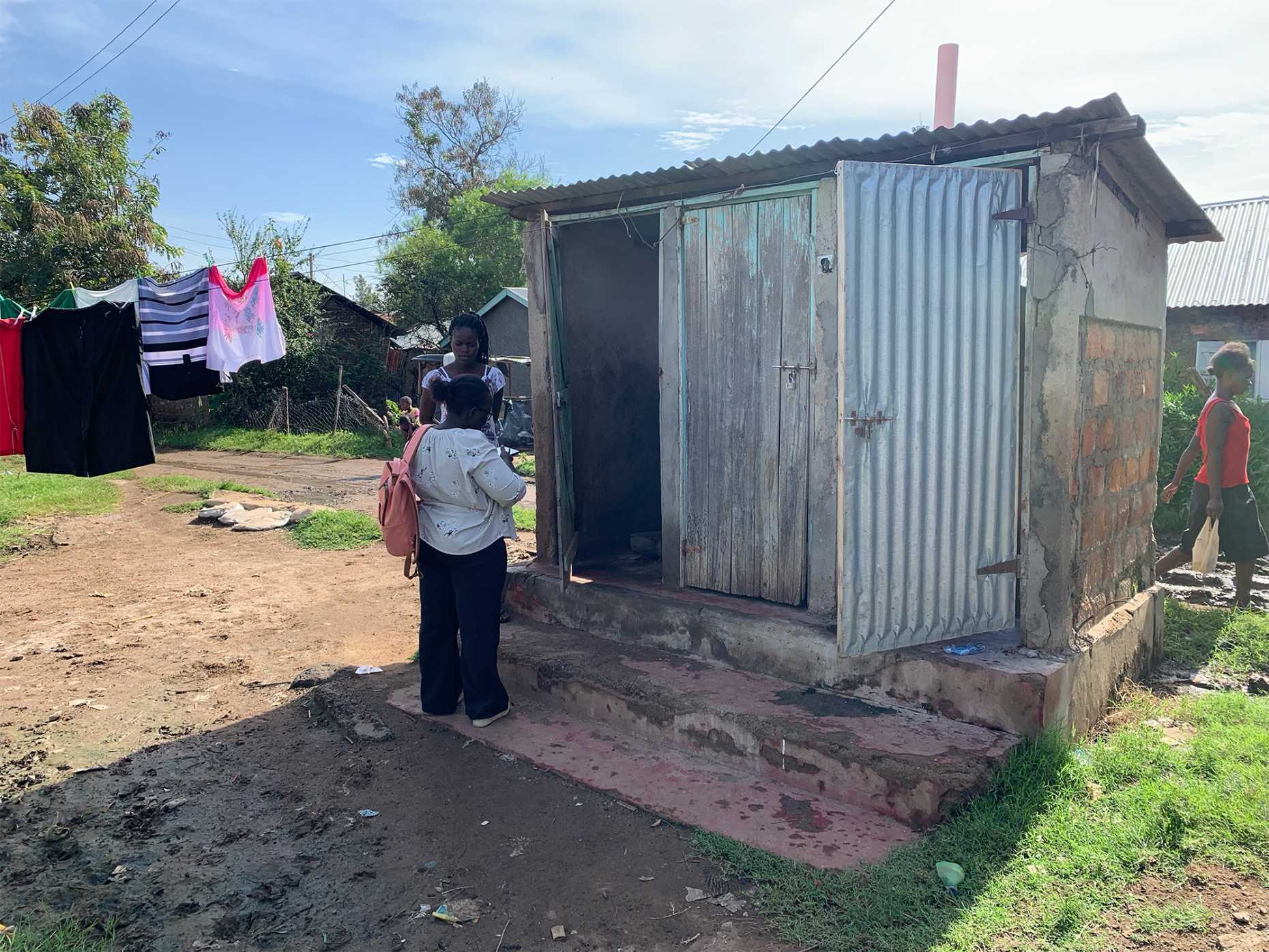When are shared toilets acceptable?
A research brief by Dario Meili and co-authors identifies the key criteria of what constitutes “acceptable quality” in shared toilets in urban low-income contexts. It provides recommendations to improve the functionality and sustainability of shared sanitation facilities.

Sustainable Development Goal (SDG) #6 calls for the "availability and sustainable management of water and sanitation for all". Shared sanitation immensely contributed to sanitation access in urban areas and could potentially contribute to reaching SDG #6. Yet, it is at best considered a "limited", and hence inadequate, solution due to the lack of quality standards for shared toilets within the SDGs. It is challenging for global monitoring purposes to differentiate between shared toilets that are hygienic, accessible and safe, and the more common ones, which are poorly designed and managed.
To address this shortcoming, Dario Meili from the ETH Development Economic Group, together with Sandec-Eawag and partners in Kenya, Ghana, and Bangladesh, collected data from shared toilet facilities and their users. The authors aimed to identify key criteria of what constitutes "acceptable quality" of shared toilets in urban low-income contexts. Based on the results, users prefer facilities that are readily available and accessible, safe and secure, as well as private and hygienic. In the light of these findings, the team of researchers identified indicators that predict when shared sanitation can be acceptable for all of its users. The authors suggest that the UNICEF/WHO definition of what constitutes adequate sanitation be reviewed to better monitor progress towards SDG #6.
external page Quality Indicators of Shared Sanitation (QUISS)